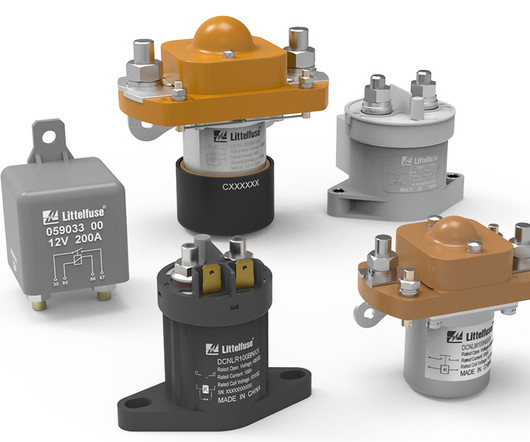CARB approves updated “At-Berth” regulation, expanding efforts to cut pollution from ships in California ports
Green Car Congress
AUGUST 28, 2020
The California Air Resources Board approved a new regulation designed to reduce pollution further from ocean-going vessels while docked at California’s busiest ports. Tankers docking at the Port of Los Angeles and the Port of Long Beach must also comply starting in 2025, while tankers in Northern California have until 2027.












Let's personalize your content